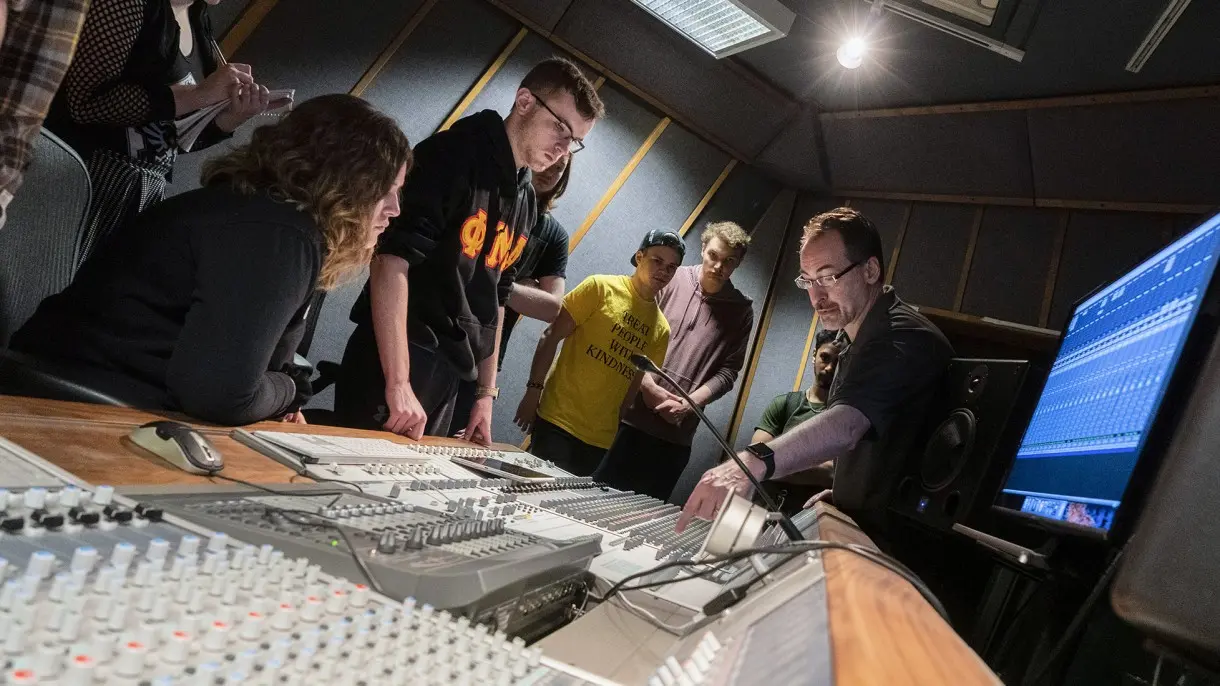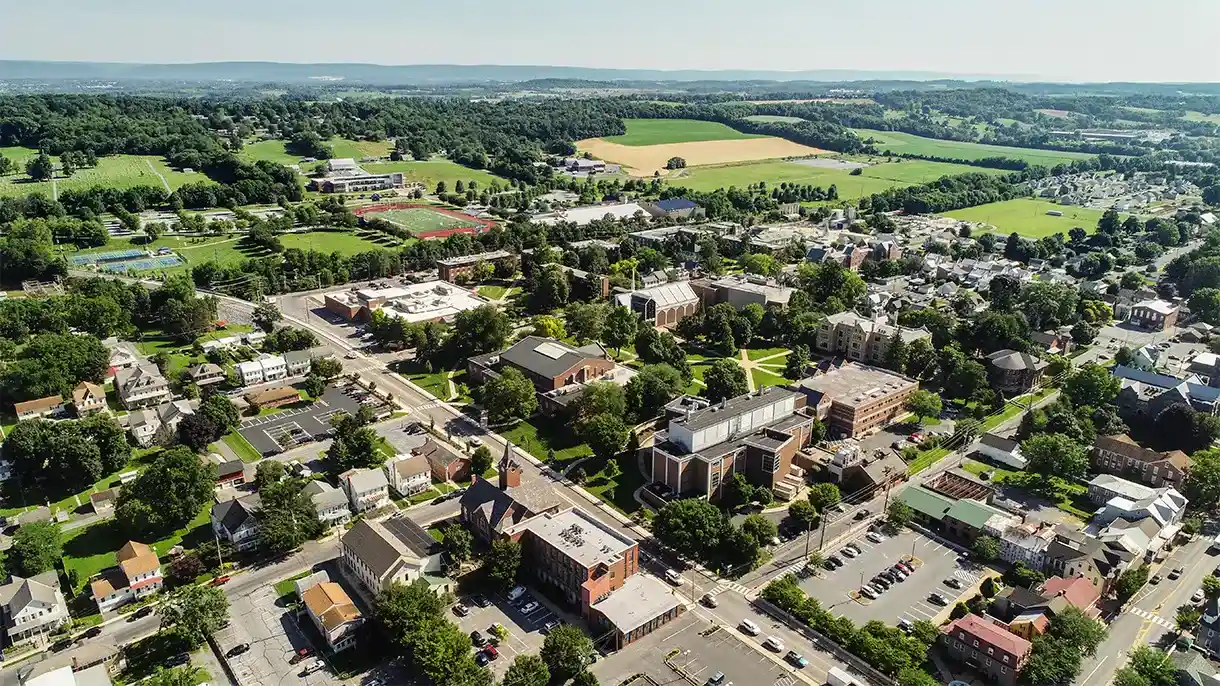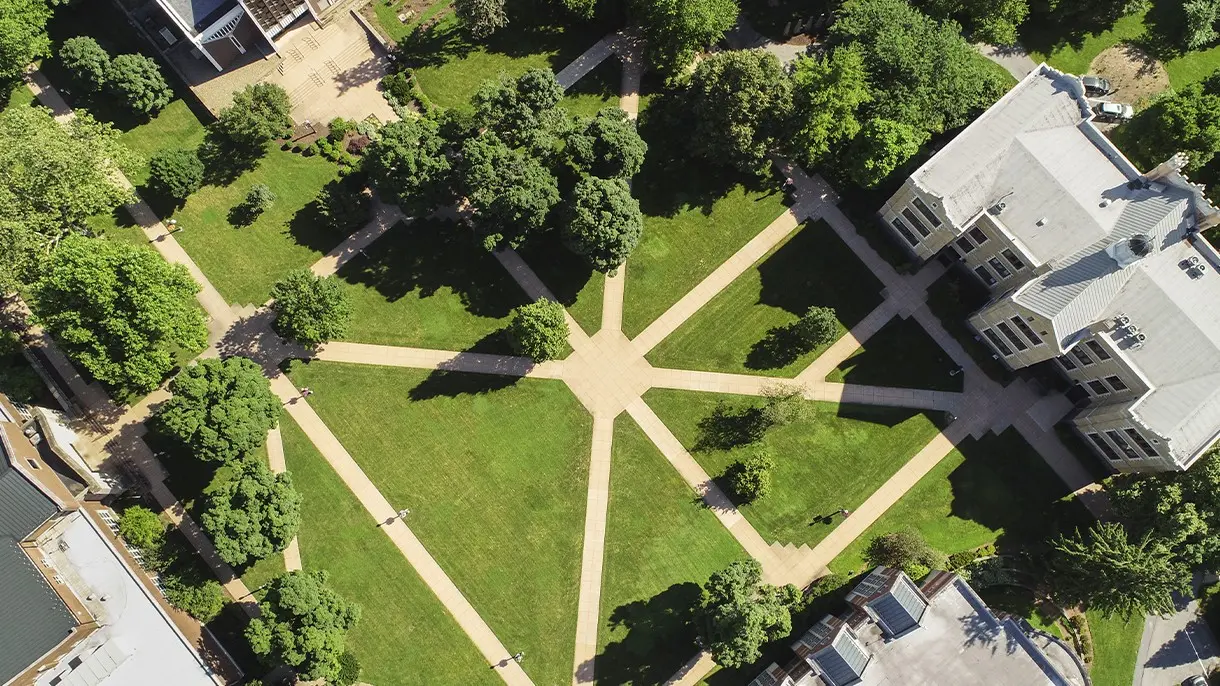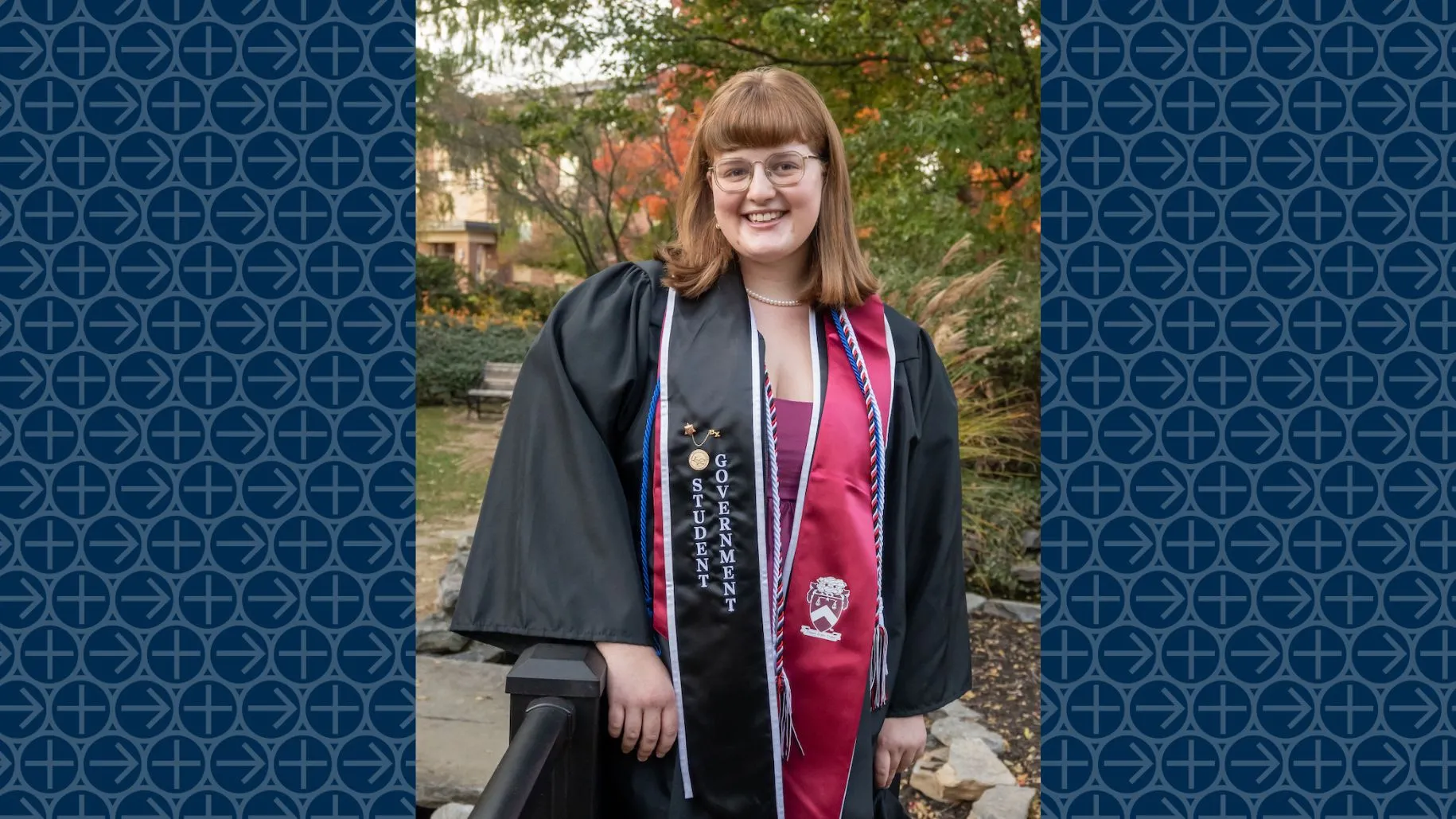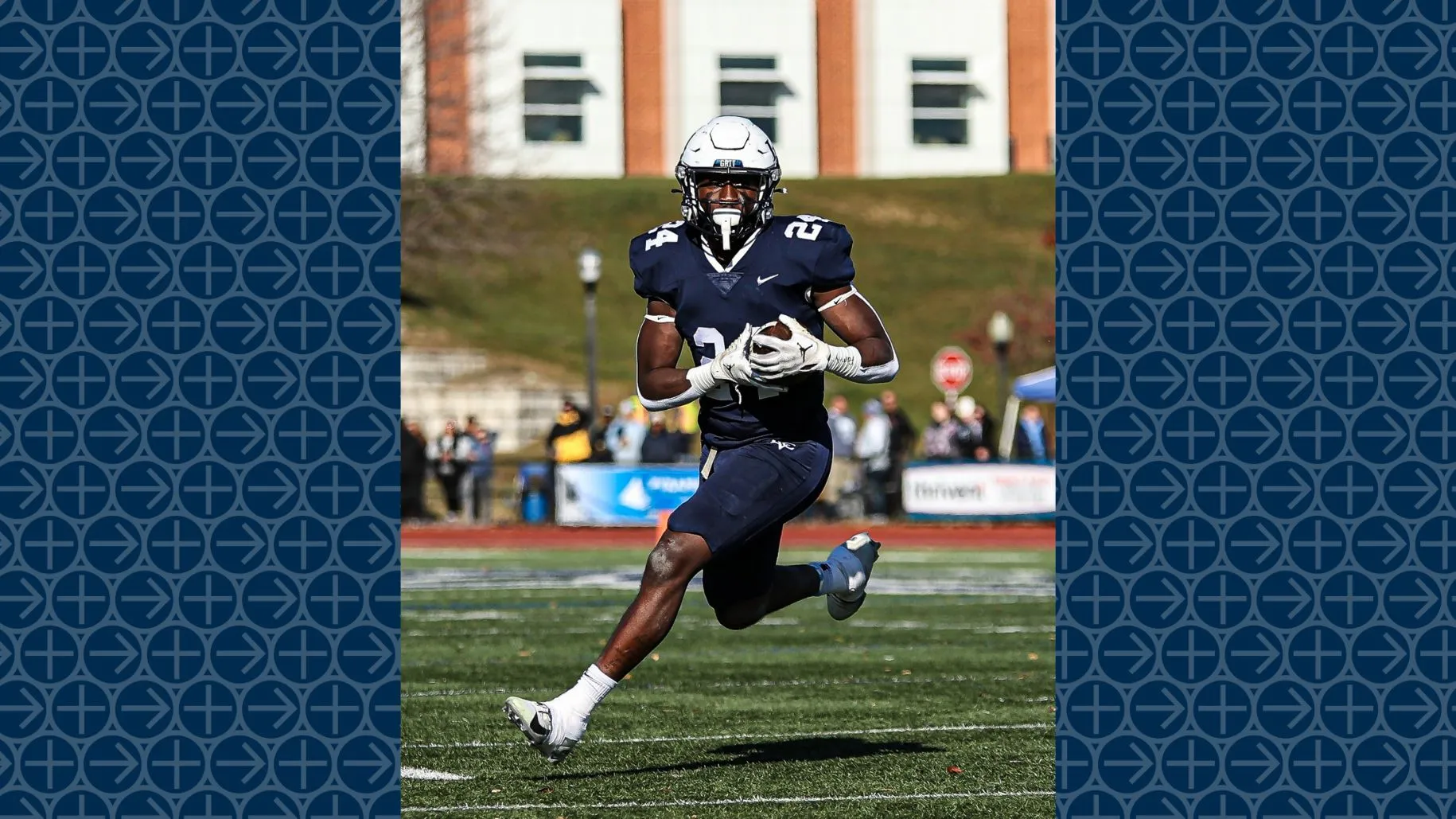
LVC News
- Accounting
- Accounting/MBA 3+1
- Actuarial Science
- Allwein Scholars
- Alumni Profiles
- Athletic Training
- Athletics
- Awards
- Biochemistry & Molecular Biology
- Biology
- Breen Center
- Business Administration
- Campus
- Chemistry
- Clinical Exercise Physiology
- Clinical Mental Health Counseling
- Community Service
- Computer Science
- Creative Arts
- Creative Writing
- Criminal Justice
- Data Science
- Digital Media
- Economics
- Education
- Engineering
- English
- Environmental Science
- Esports
- Exercise Science
- Faculty Profiles
- Gallery
- German
- Giving
- Graduate Studies
- History
- Honors
- Intelligence and Cybersecurity
- Interaction Design
- International Business and Policy
- LVEP
- Marketing
- Mathematics
- MBA
- Medical Humanities
- Medical Laboratory Science
- Music
- Music Education
- Music Production
- Neuroscience
- Nursing
- Physical Therapy
- Physics
- Political Science
- Pre-Law
- Pre-Medical Professions
- Psychology
- Self-Designed
- Social Justice and Civic Engagement
- Sociology
- Spanish
- Speech-Language Pathology
- Sport Performance
- STEM Education
- Student Profiles
- Study Abroad
- Sustainability
- Transfer
- Undecided/Exploratory
Pediatric Physical Therapist Focuses on Ability vs Disability
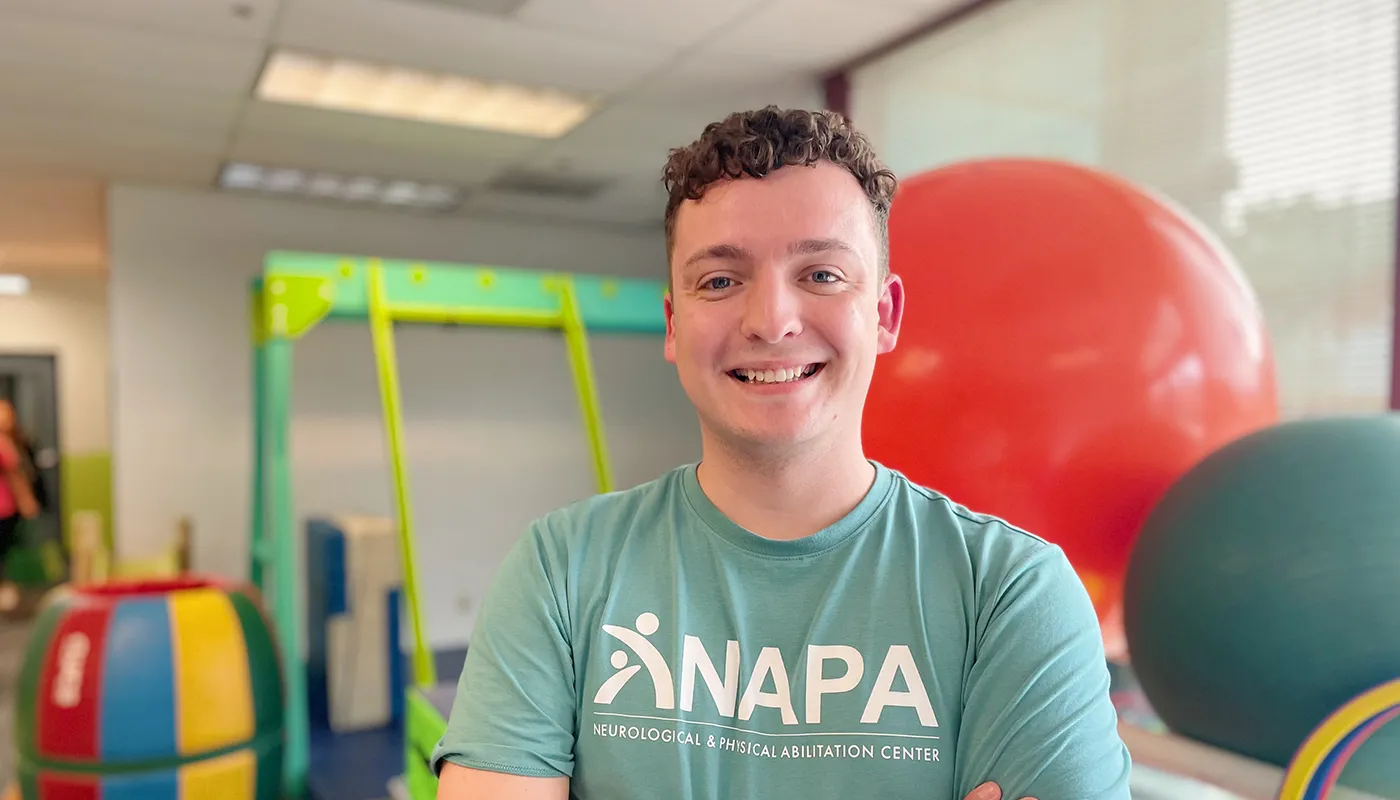
It’s an increasingly familiar story at Lebanon Valley College: Students accept internships and clinical experiences, perform beyond expectations, and then accept full-time job offers at those businesses.
Camden Selby ’21, D’23 works as a pediatric physical therapist at the Neurological and Physical Abilitation (NAPA) Center in Los Angeles after spending 16 weeks at the outpatient pediatric-neurological facility for his final clinical assignment.
“It is my job to help my patients grow and access the world around them. To me, there is nothing more rewarding,” said Selby. “I see children of all ages and all abilities. Each day brings a new challenge. At 8 a.m., I could be helping someone learn how to crawl, and at 9 a.m., I could be helping customize a wheelchair or walker for a child who will be independent in their mobility for the first time. I never have the same day twice, and I love the variety in my job. I can make a difference in the lives of the children I treat, and for that, I am incredibly grateful.”
During his clinical rotation at NAPA, Selby affirmed his desire for a career in pediatrics and collaborated with a team of healthcare providers that included occupational and speech therapists. He built upon his foundational knowledge with on-the-job learning that included assessments, research, and equipment evaluations for pediatric adaptive equipment.
While life in Los Angeles is different than the small town Selby says he grew up in, it’s a change he relishes.
“I chose to move across the country because I had the opportunity to pursue my dream job in a city where I would never run out of things to try or learn. It is scary and exciting when you first set out on your own after graduation, but the most rewarding experiences come when we leave our comfort zones behind,” he said.
With numerous physical therapy programs to choose from, Selby found the right combination at LVC that prepared him for his future career.
“I knew going into college that I wanted to study abroad, and I needed to find a program that allowed me to do that. A major factor in my decision was the accelerated physical therapy track that I would graduate and be a practicing physical therapist in six years, which is a very attractive timeline. Some other factors that impacted my decision were the small class sizes, which facilitated closer faculty relationships, and the new physical therapy facilities on campus,” said Selby.
Selby traveled to New Zealand for the spring semester of his sophomore year and treasures the memories of skydiving over a glacier, bungee jumping into a river, and swimming with sharks in Fiji. He also credits a class on indigenous cultures in the Pacific with growing his cultural understanding.
Despite the rigor of the physical therapy coursework, Selby participated in numerous co-curricular activities including Student Government, the First-Year Mentor program, and Student Programming Board.
“I planned events on campus, advocated for student interests, and facilitated orientation for first year students. These were all activities that engaged me outside of the classroom and greatly enriched my LVC experience. I looked forward to these activities to help other students get more out of their time at LVC,” said Selby, who continued as a graduate student advisor to the Center for Student Engagement in his later years.
Selby also gained additional professional experience at LVC. He served as president of the pro-bono CURE Clinic and traveled with fellow students to San Diego to present research at the Combined Sections Meeting of the APTA, which is the national conference of the American Physical Therapy Association.
“Our project observed improved cardiovascular fitness and quality of life in adolescents with intellectual disability. We partnered with a local middle school and designed a six-week cardiovascular fitness program and recorded changes in quality-of-life measures and cardiovascular fitness measures,” said Selby.
Selby’s group received an award and recognition as a Top 3 Poster for Social Justice.
“The PT faculty had a huge influence on my six years at LVC,” he said. “They spent time getting to know me and were invested in my professional development. I felt like every time I came to them with an idea, their response was ‘How can we make it happen?’”
As Selby continues into his new career, he said he noticed a shift in the stigma associated with disability, and instead, focusing on the potential for ability.
“A lot of the families I work with have been told what their child will not be able to do from the moment they receive a diagnosis. As physical therapists, we get to be the ones who say, ‘This is what your child can do, and here is how we are going to do it. It may not look like how you imagined, but we will do everything we can,’” said Selby.
“This attitude applies to every aspect of healthcare, not just pediatrics or physical therapy. I think that mentality is powerful, to see things for what they could be instead of what they aren’t. We have come a long way, but there is still much to do, as healthcare providers, to advocate for our patients.”
